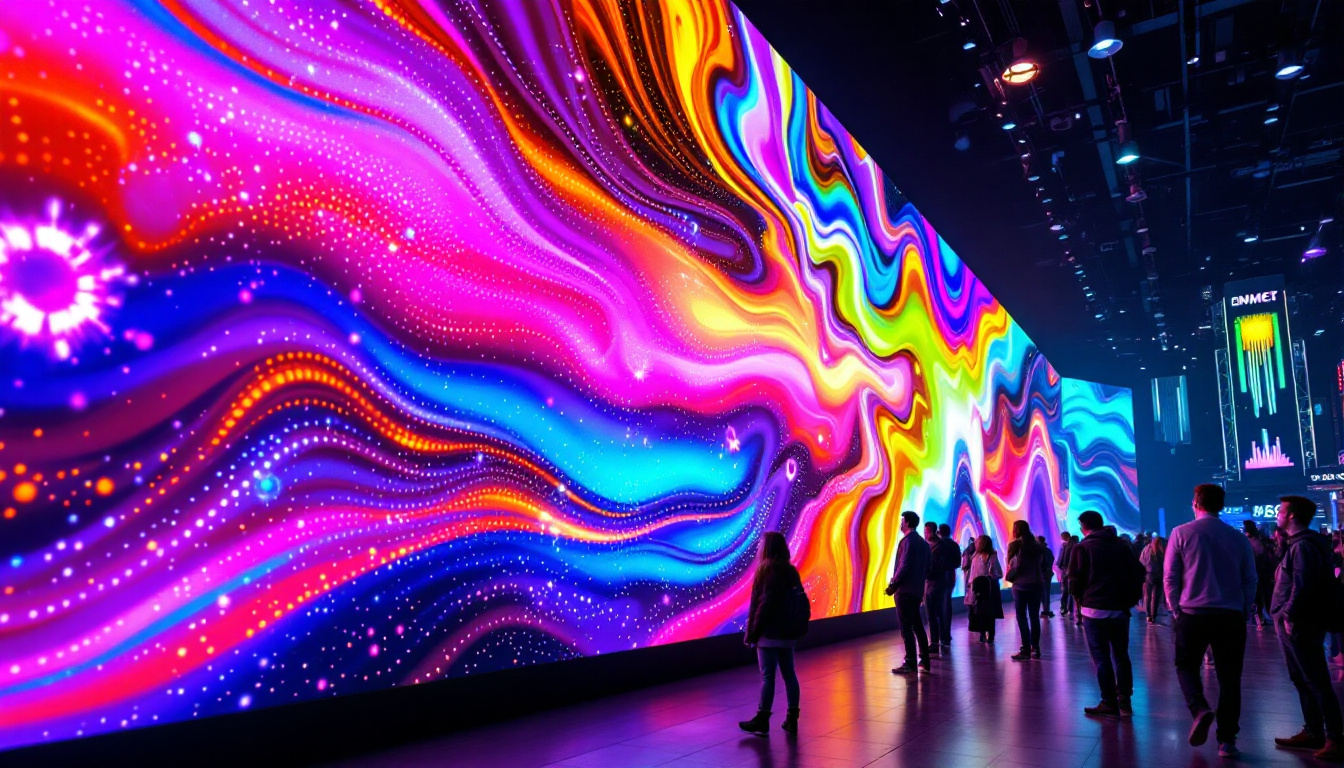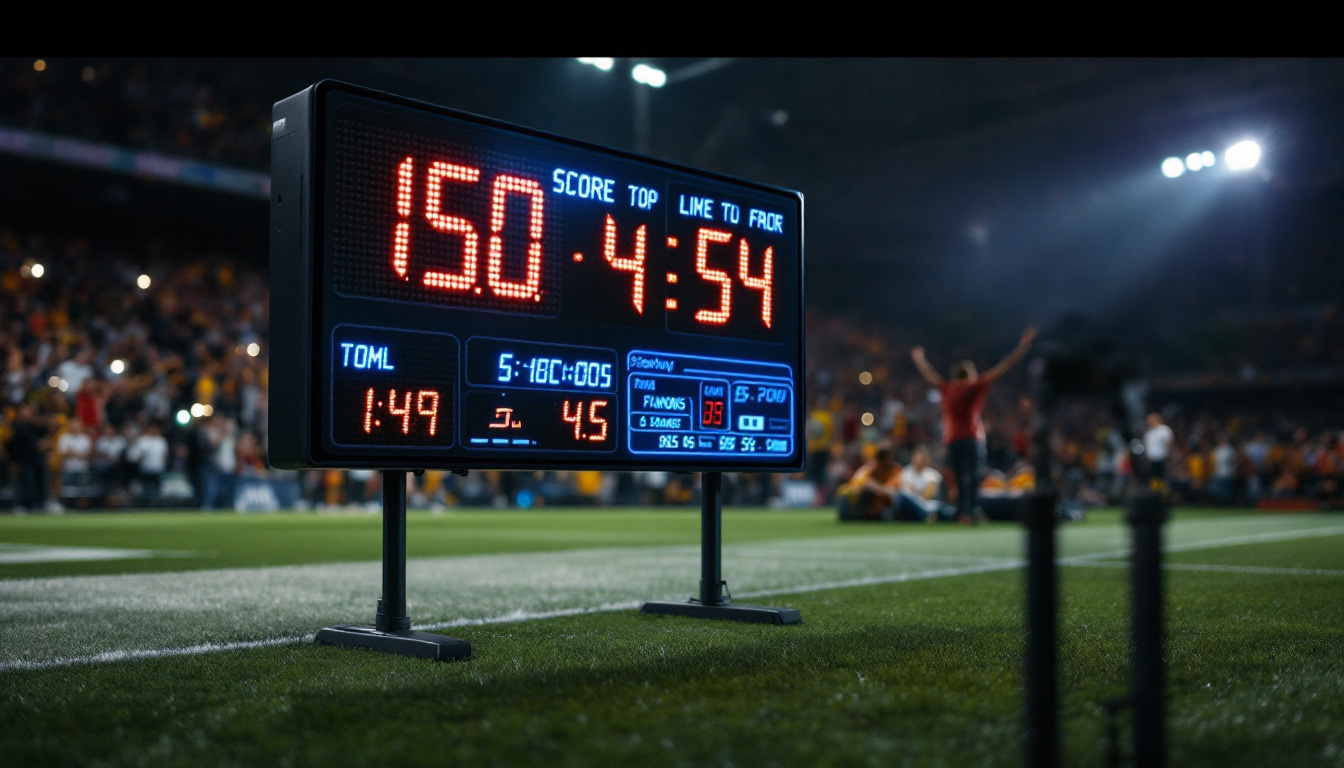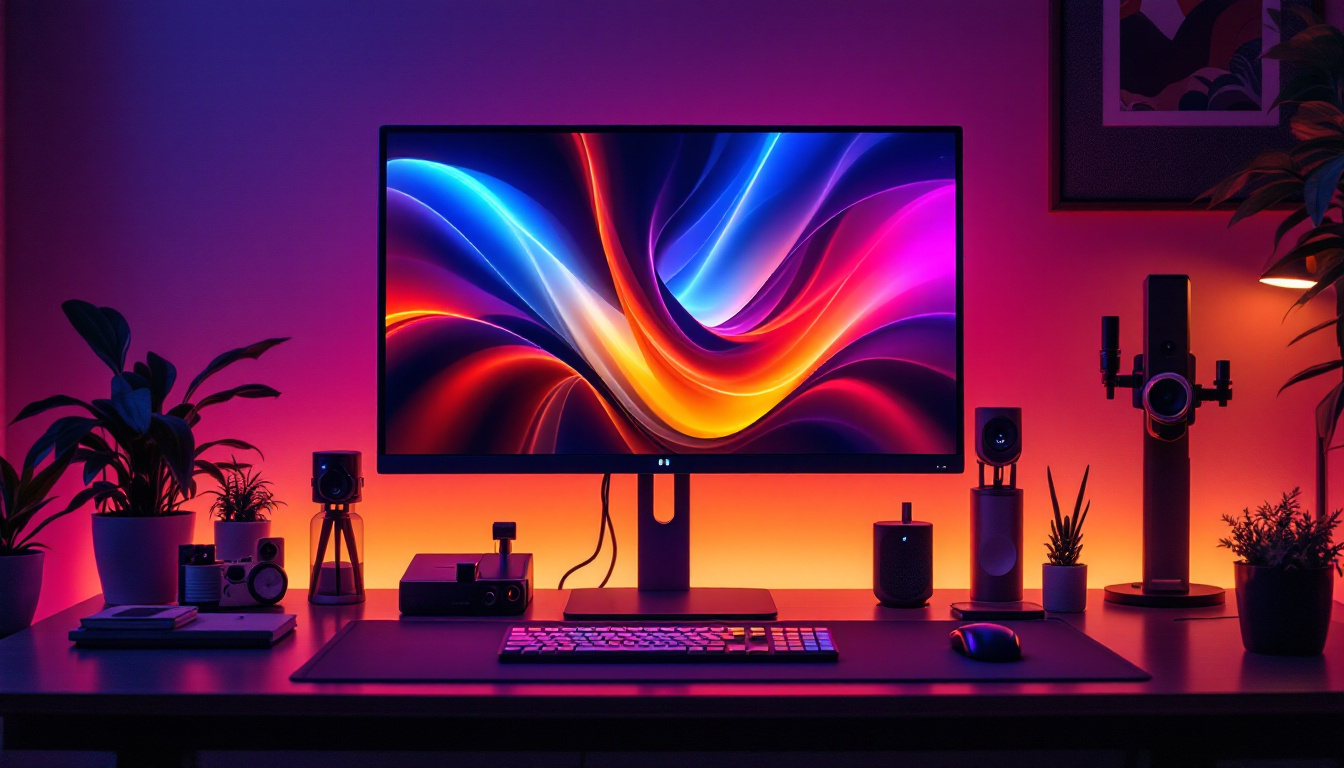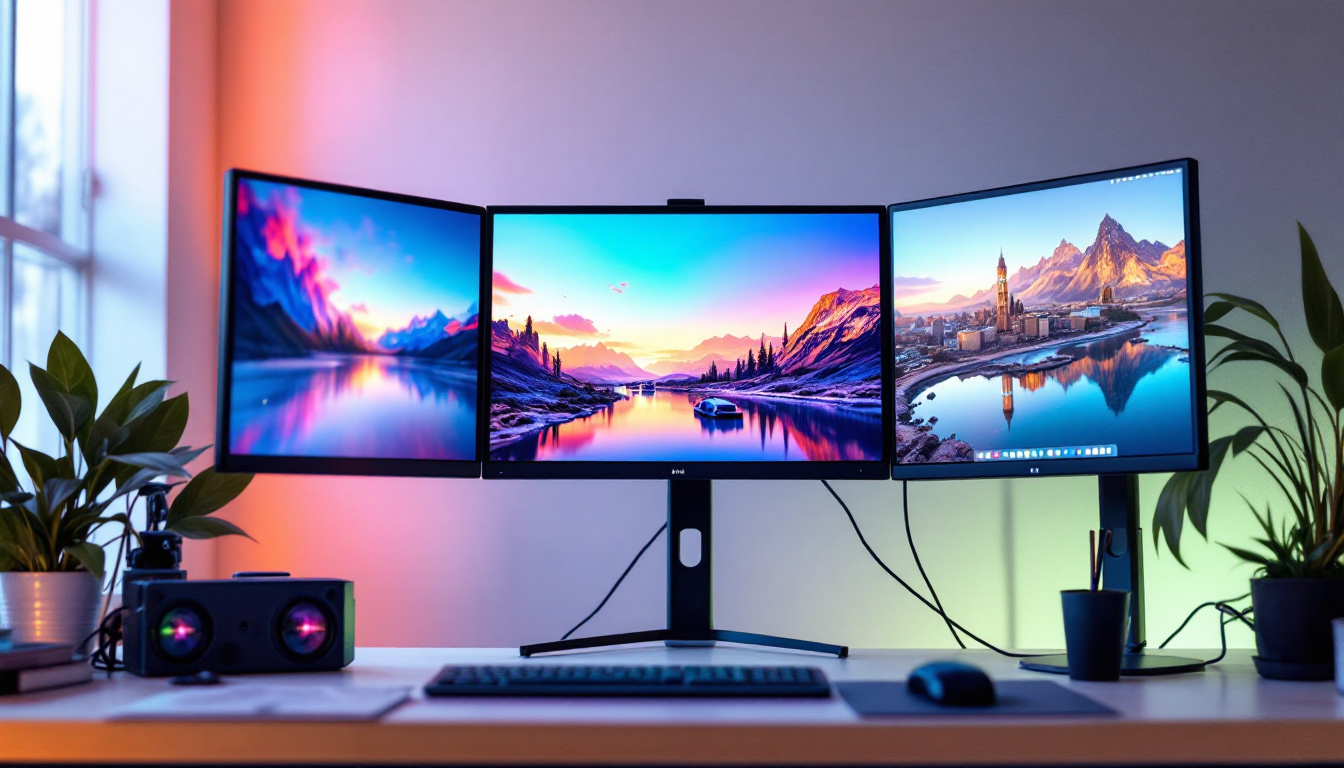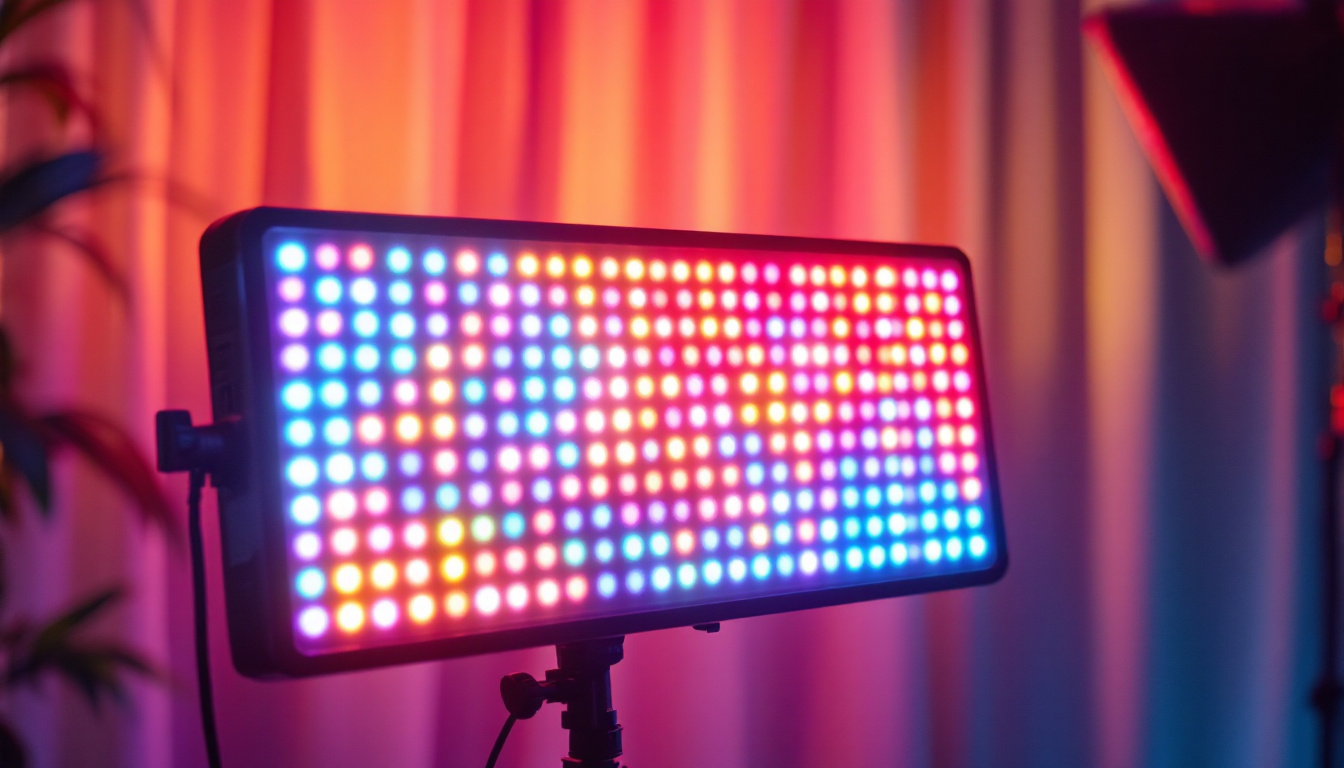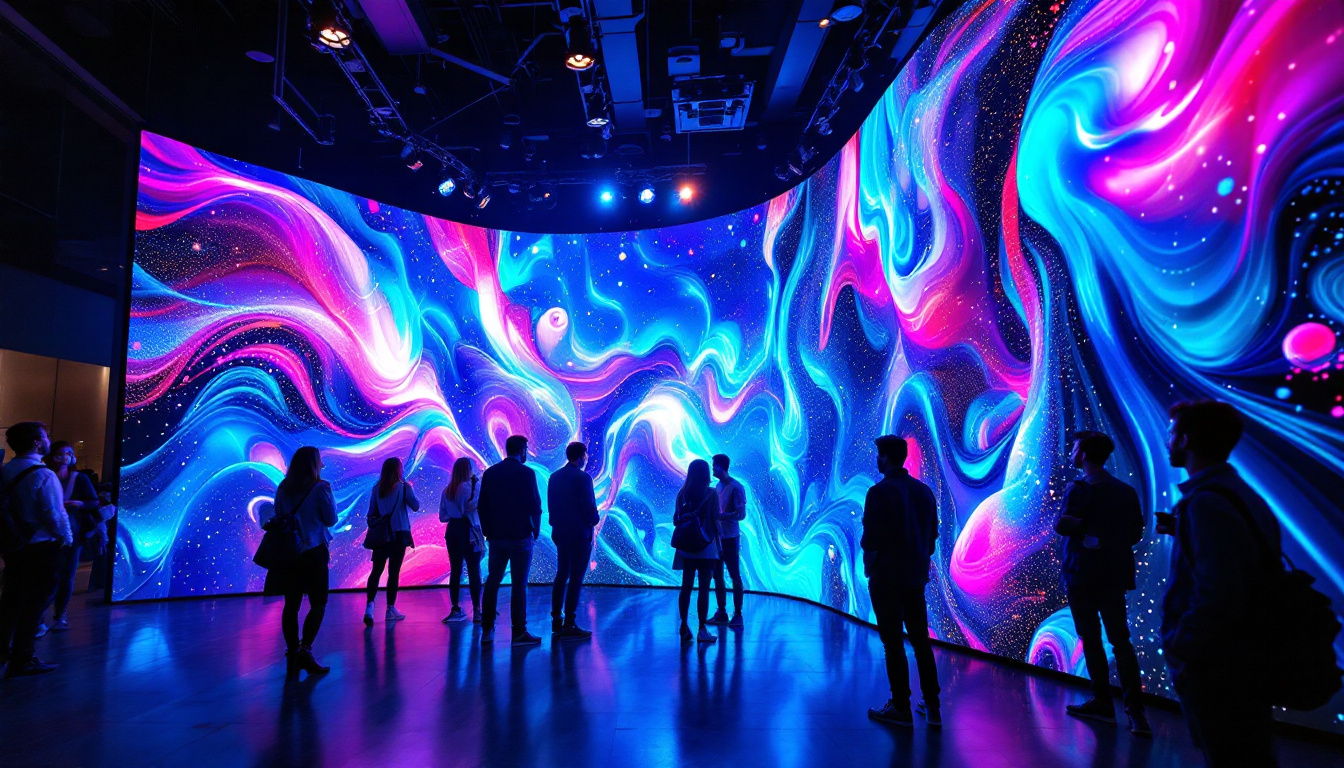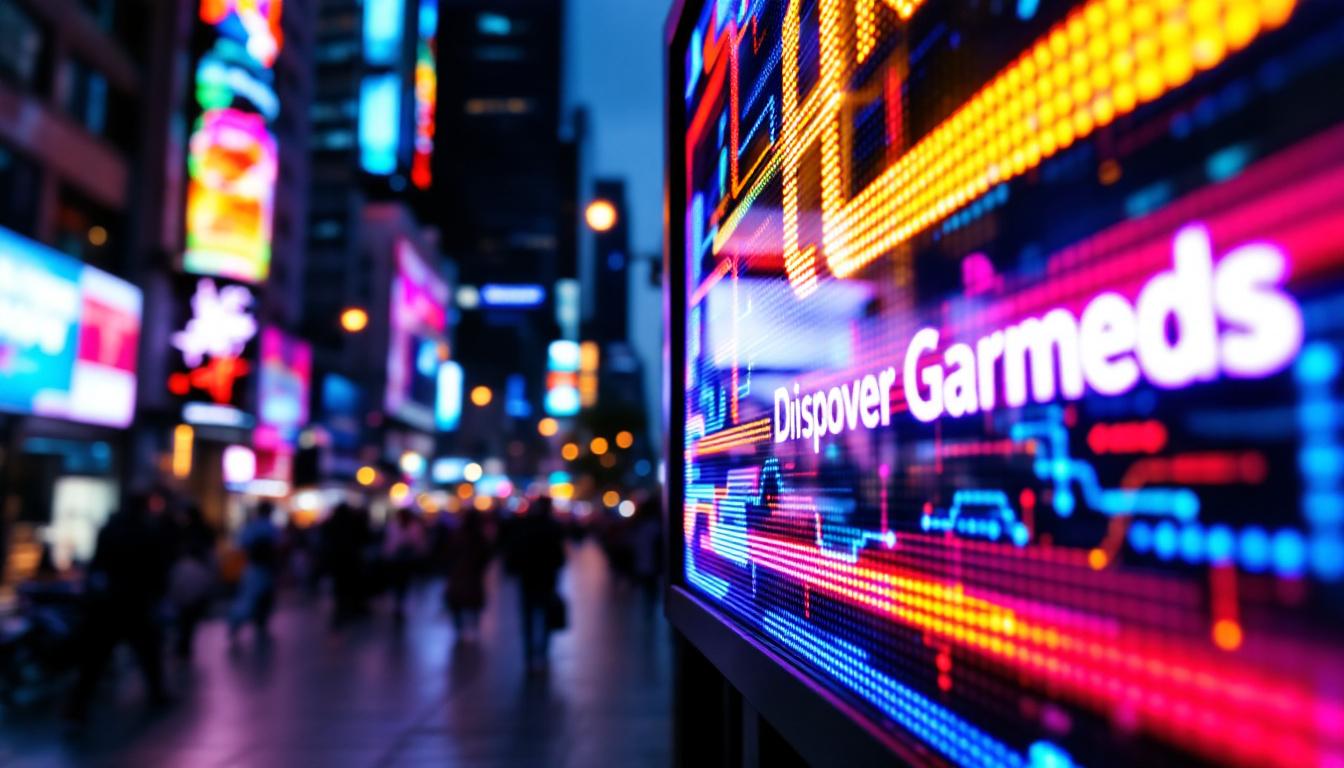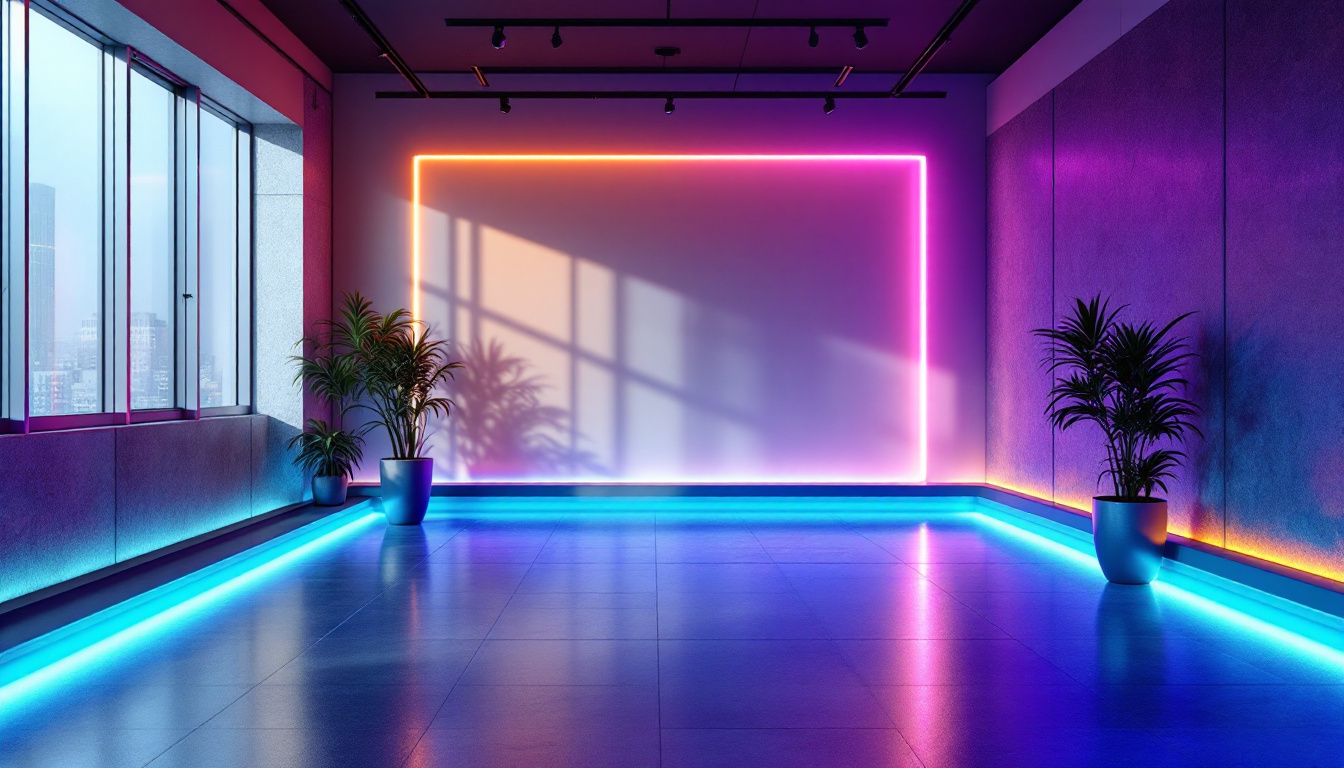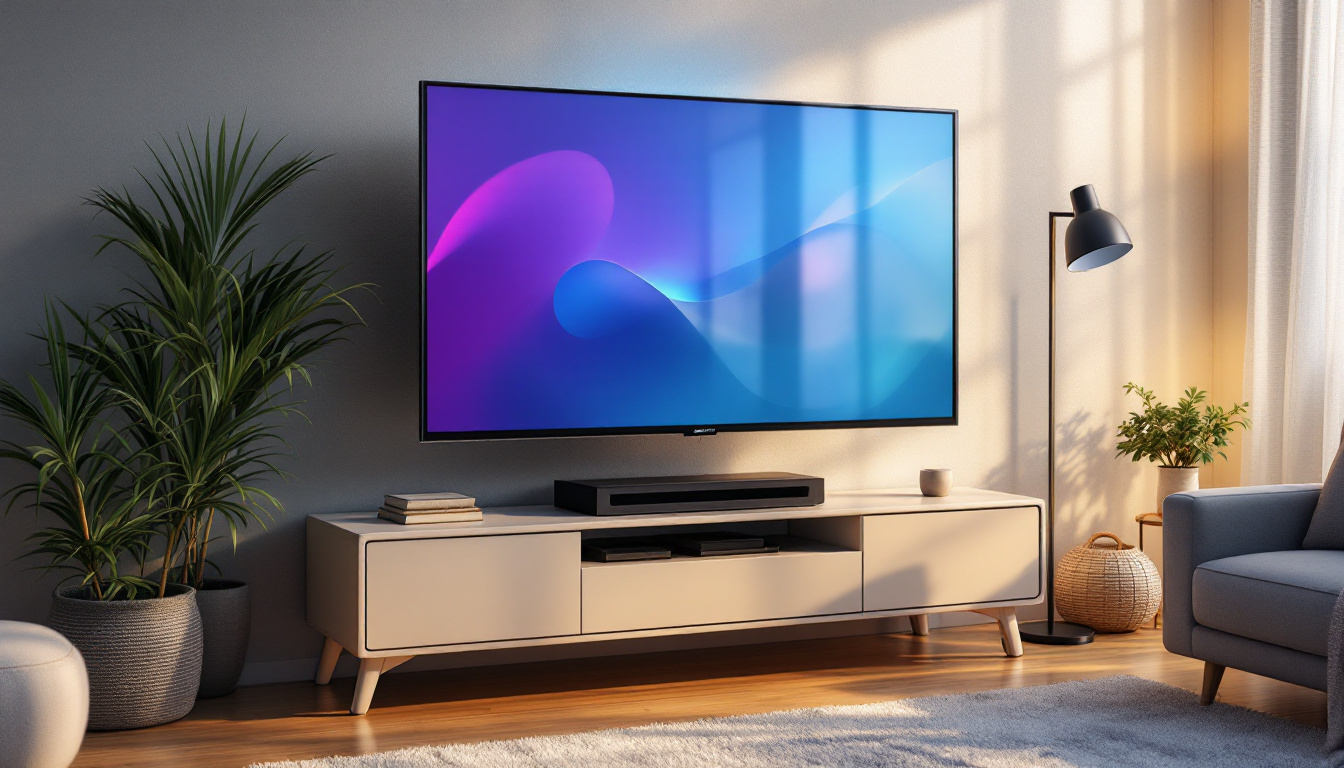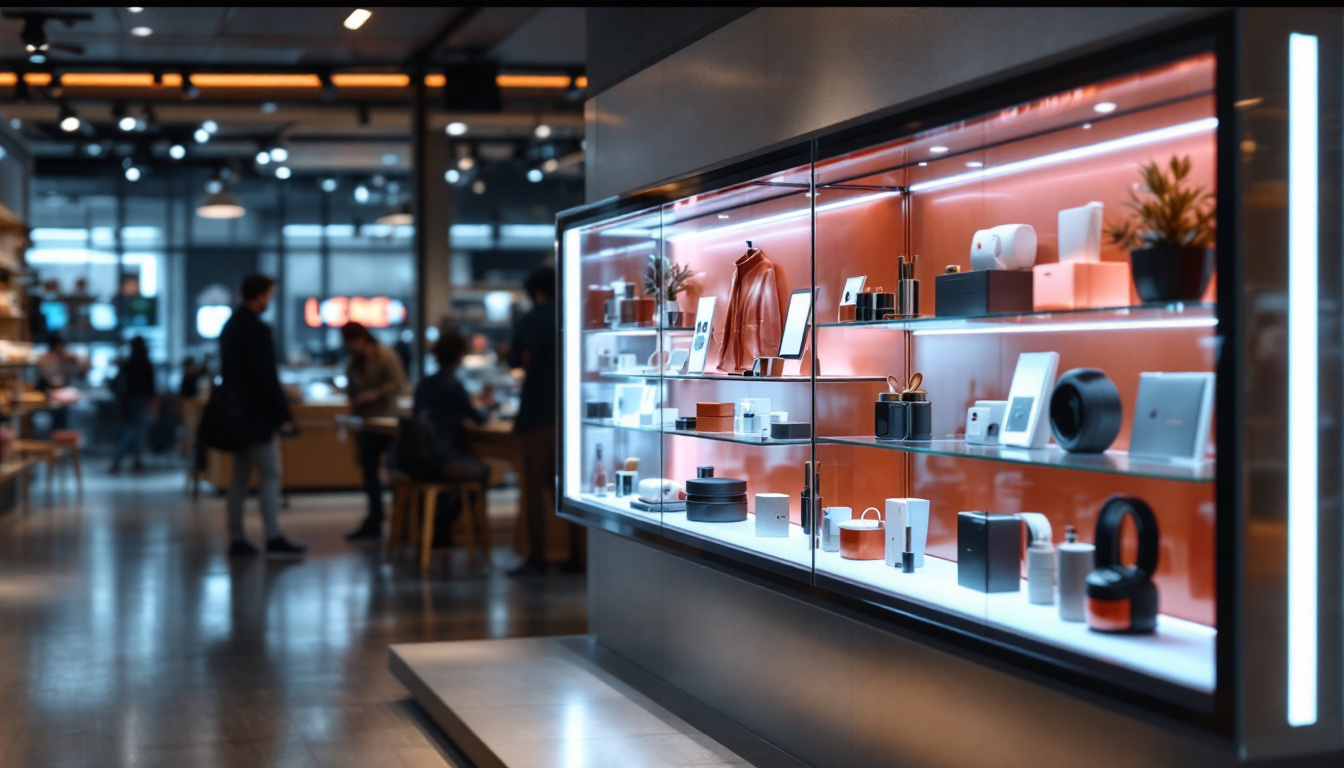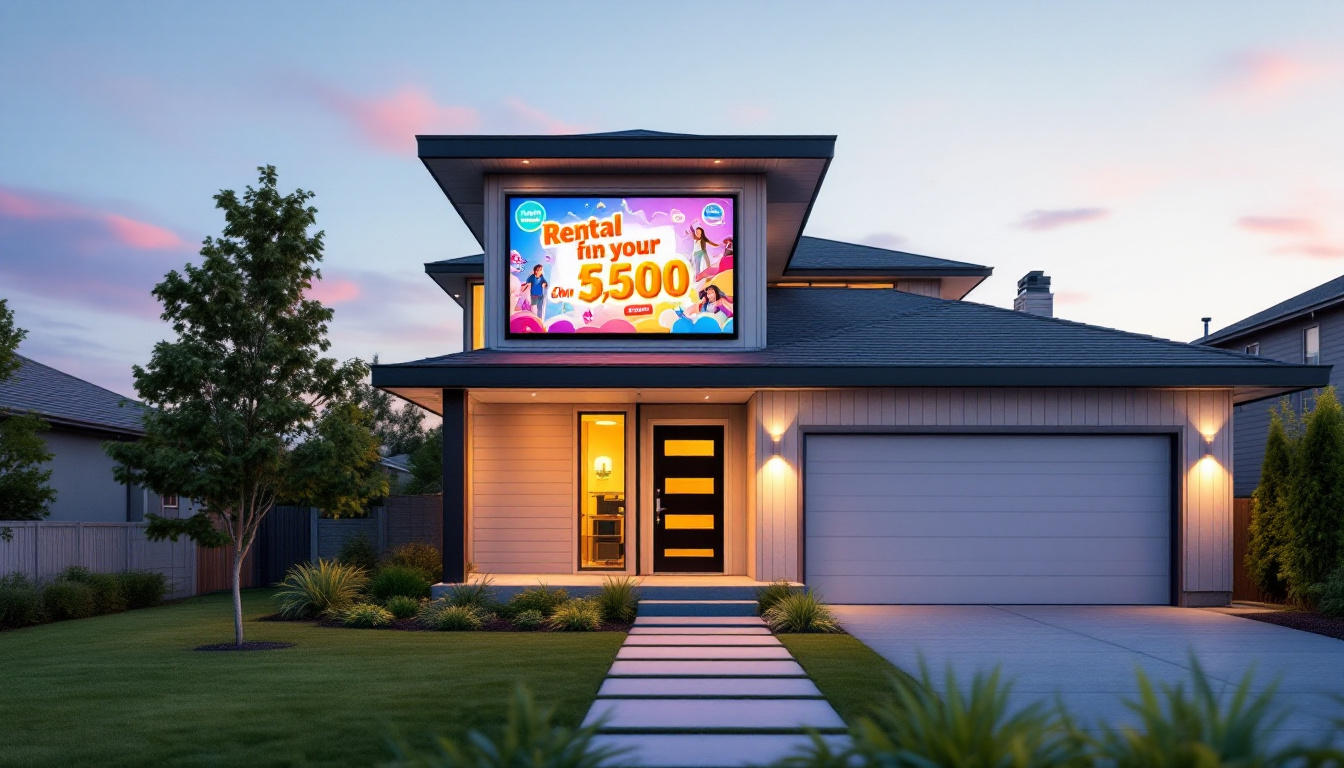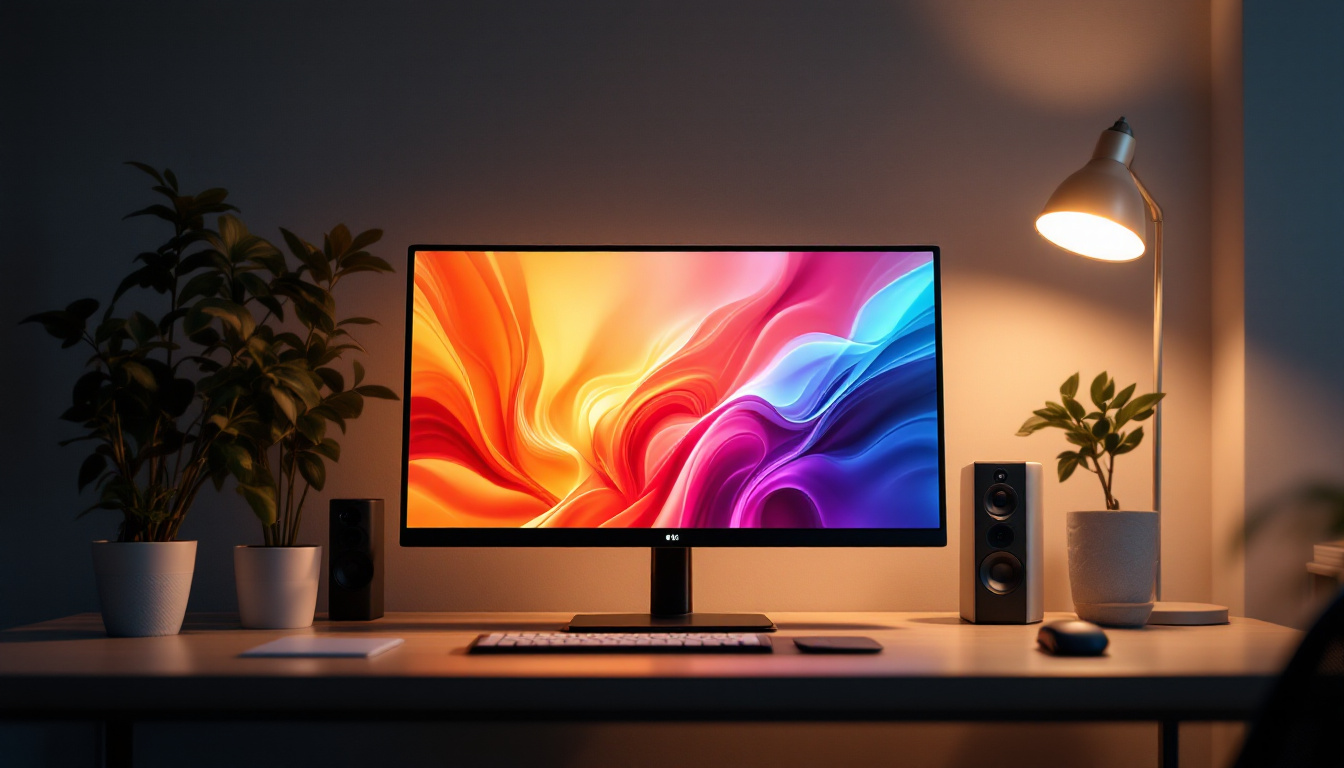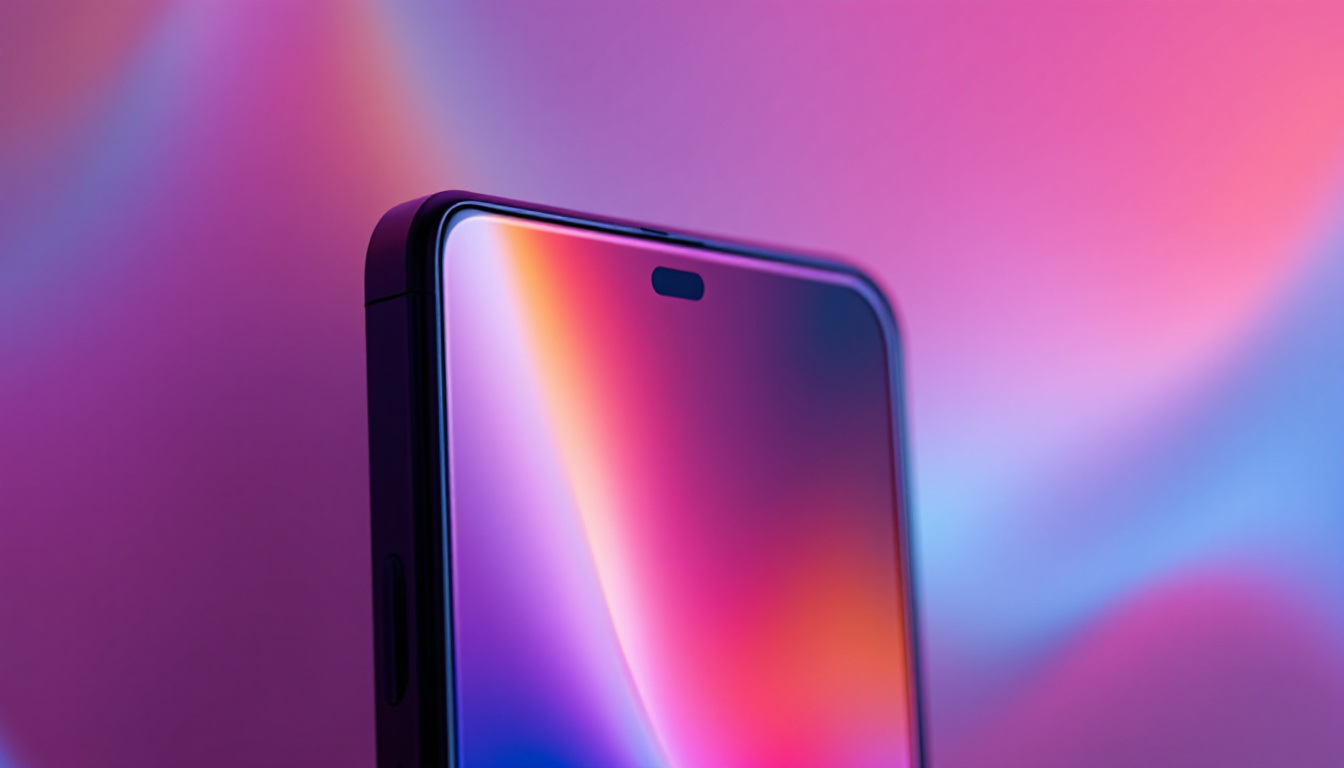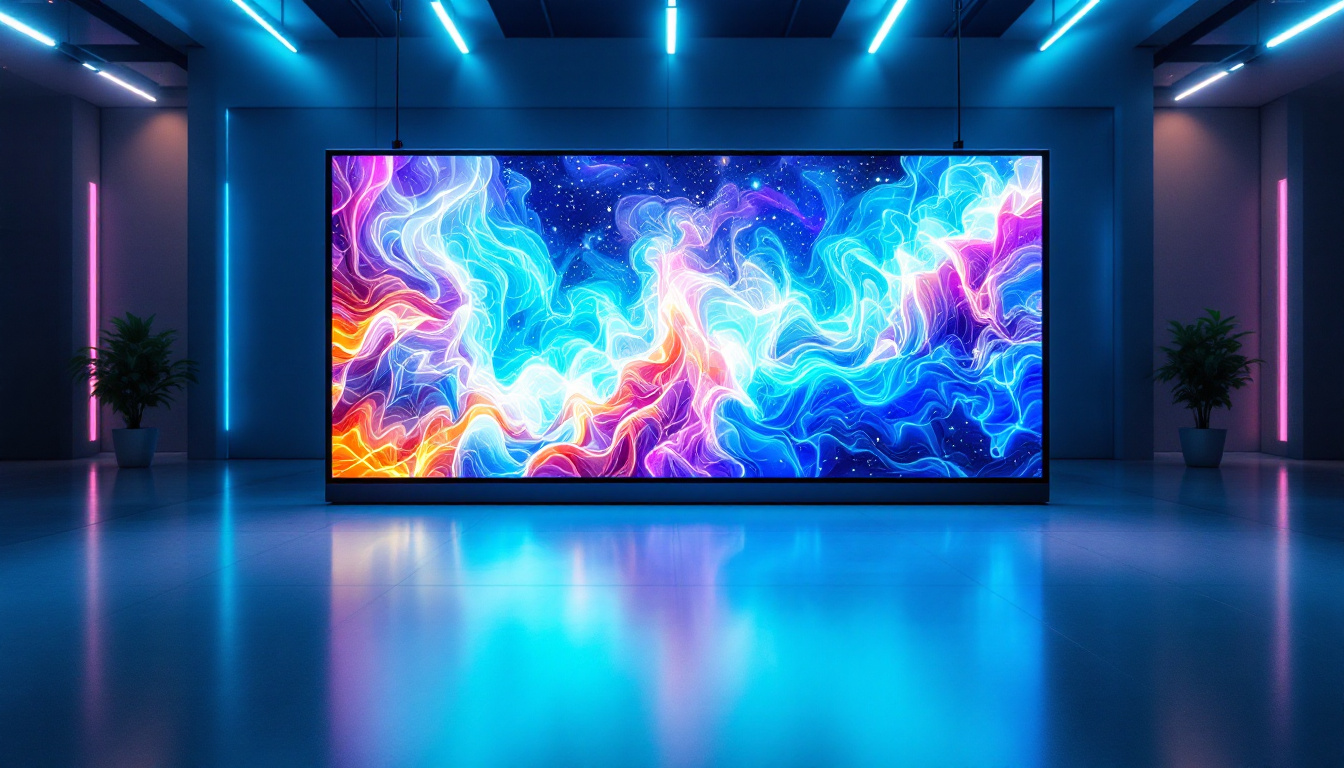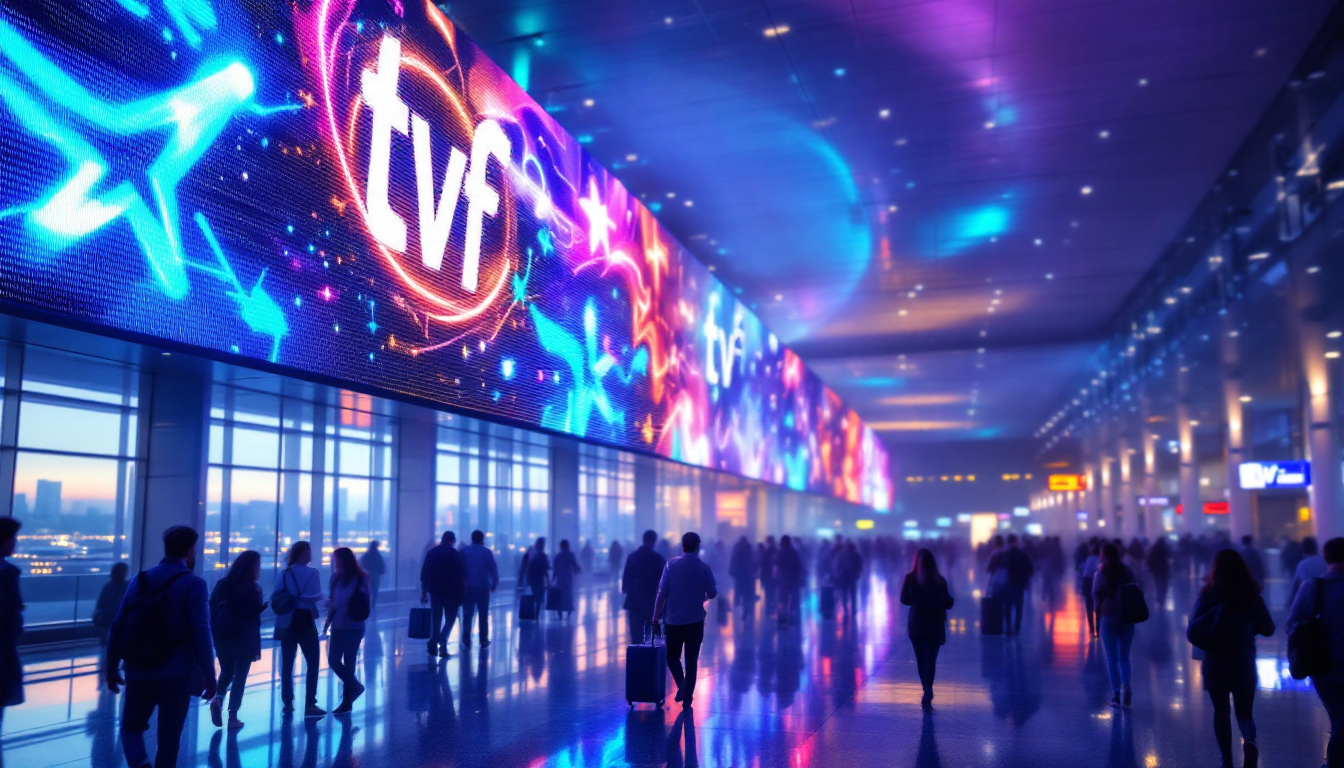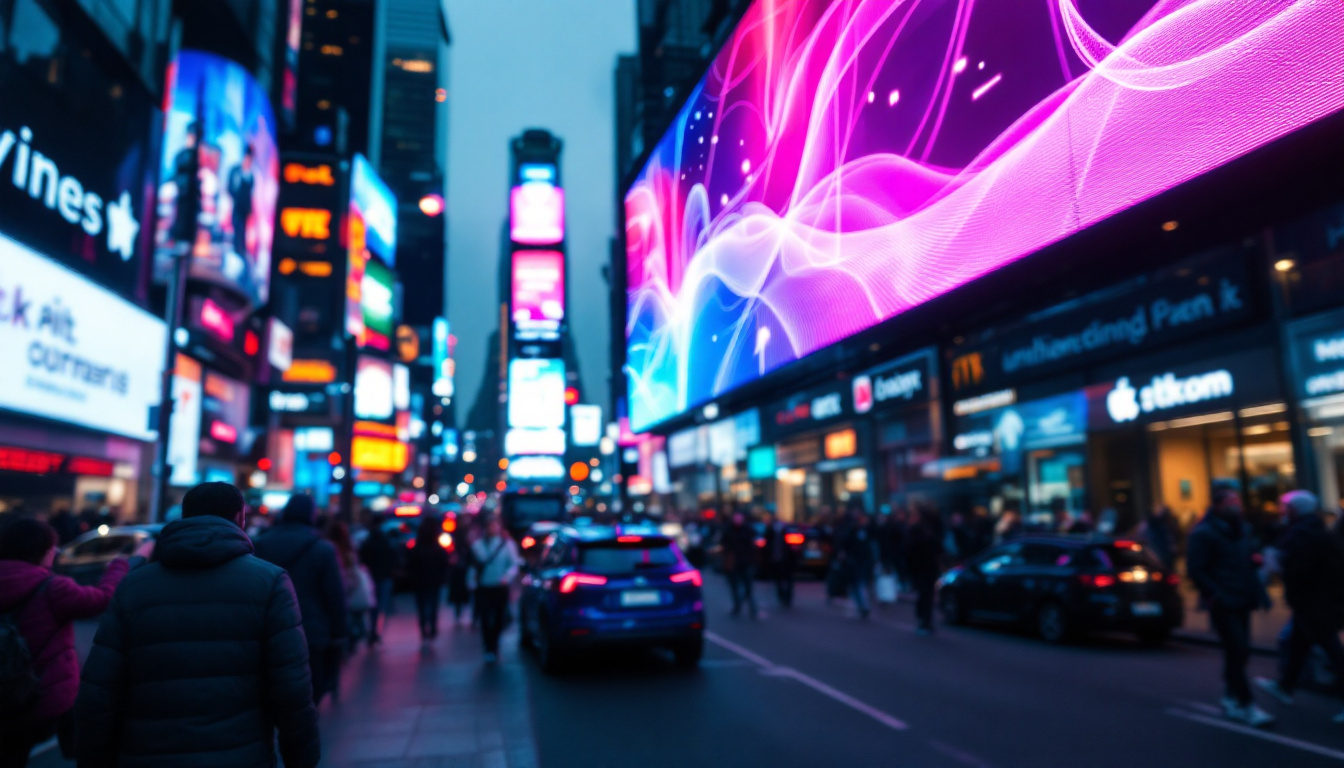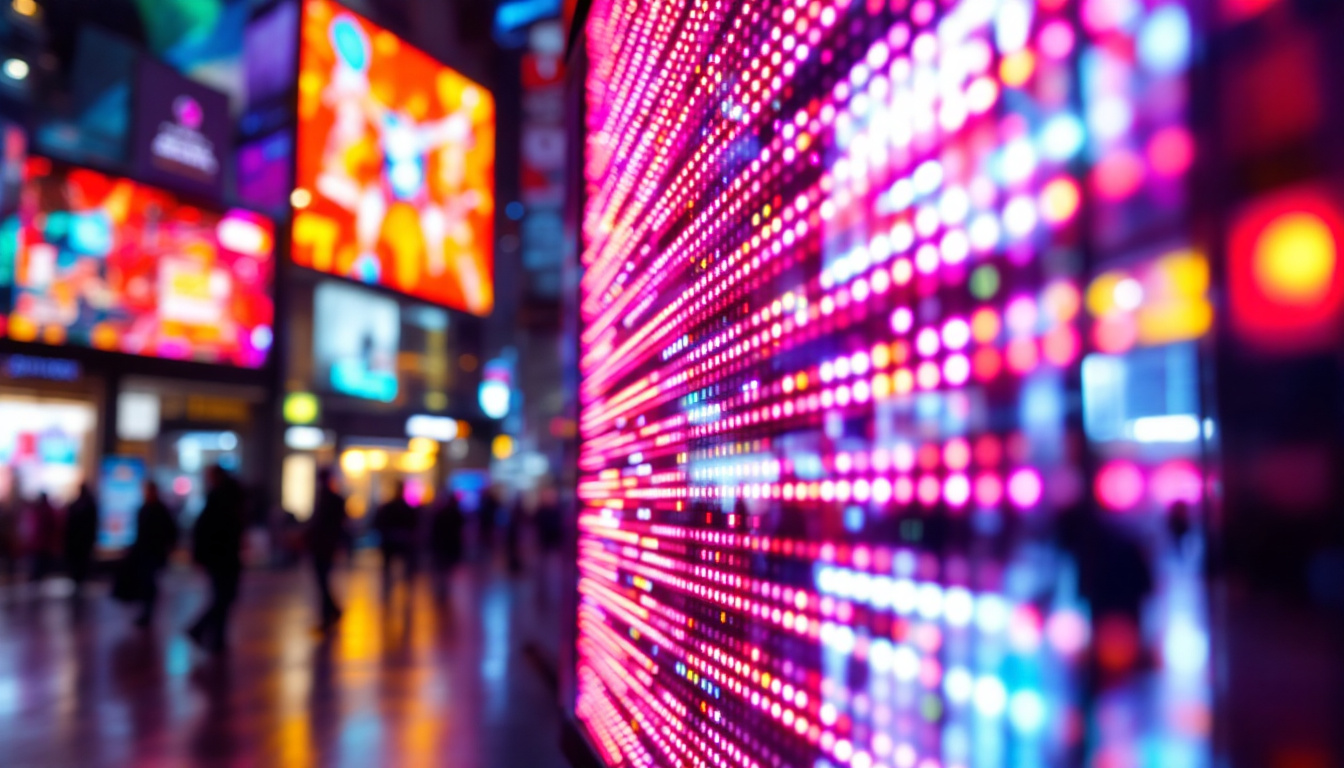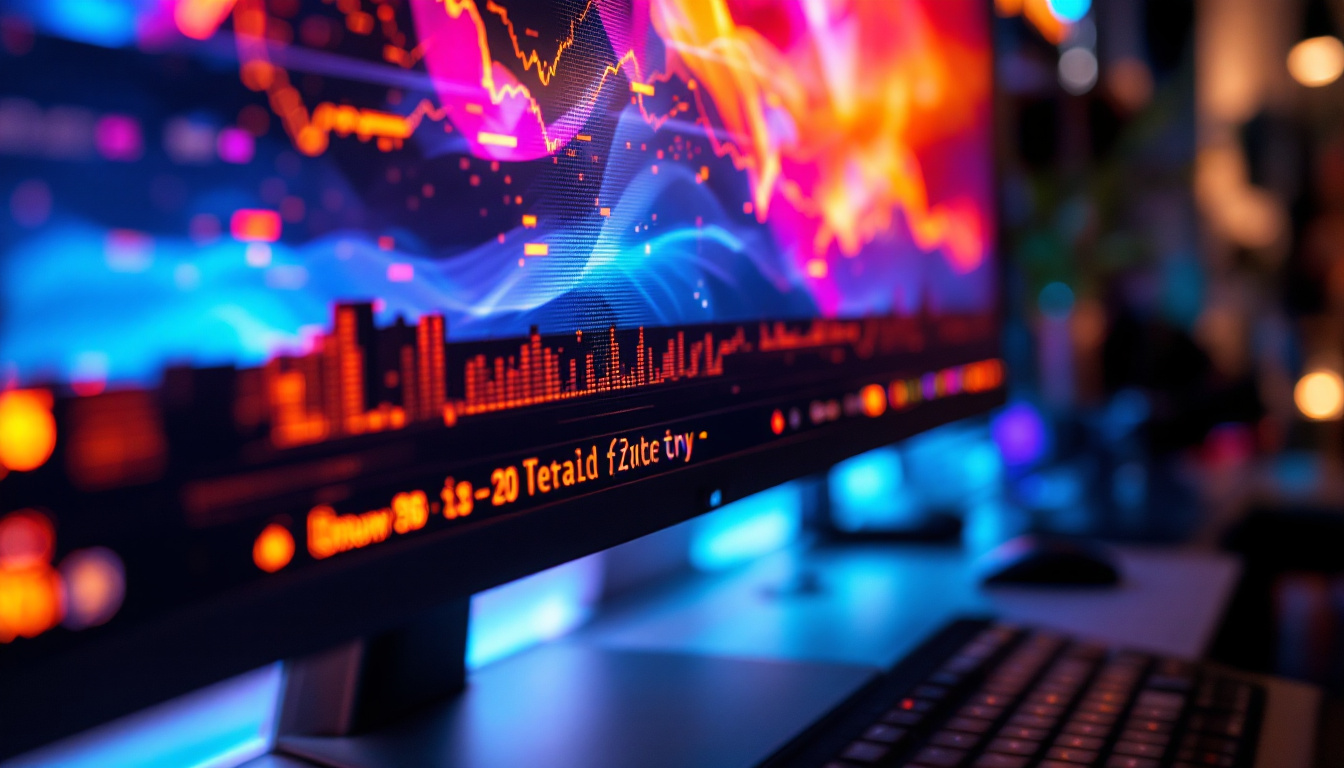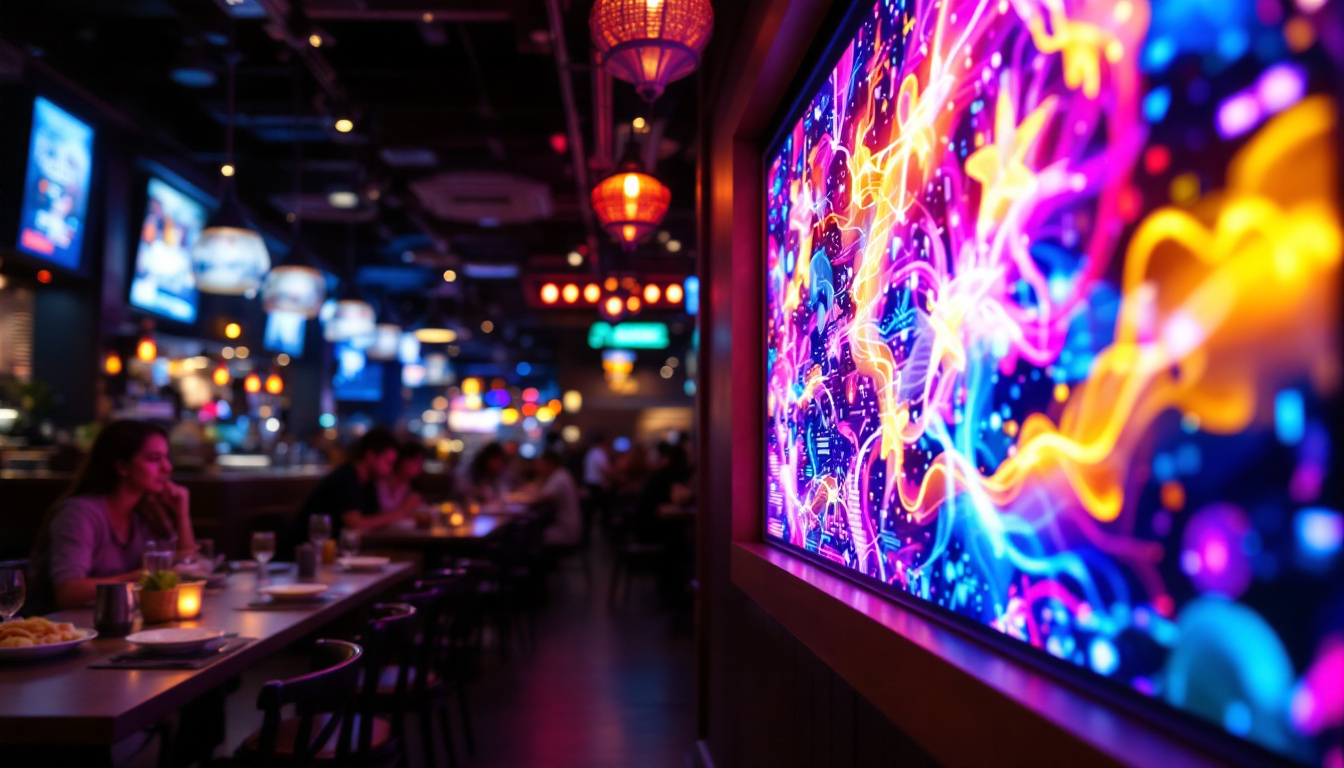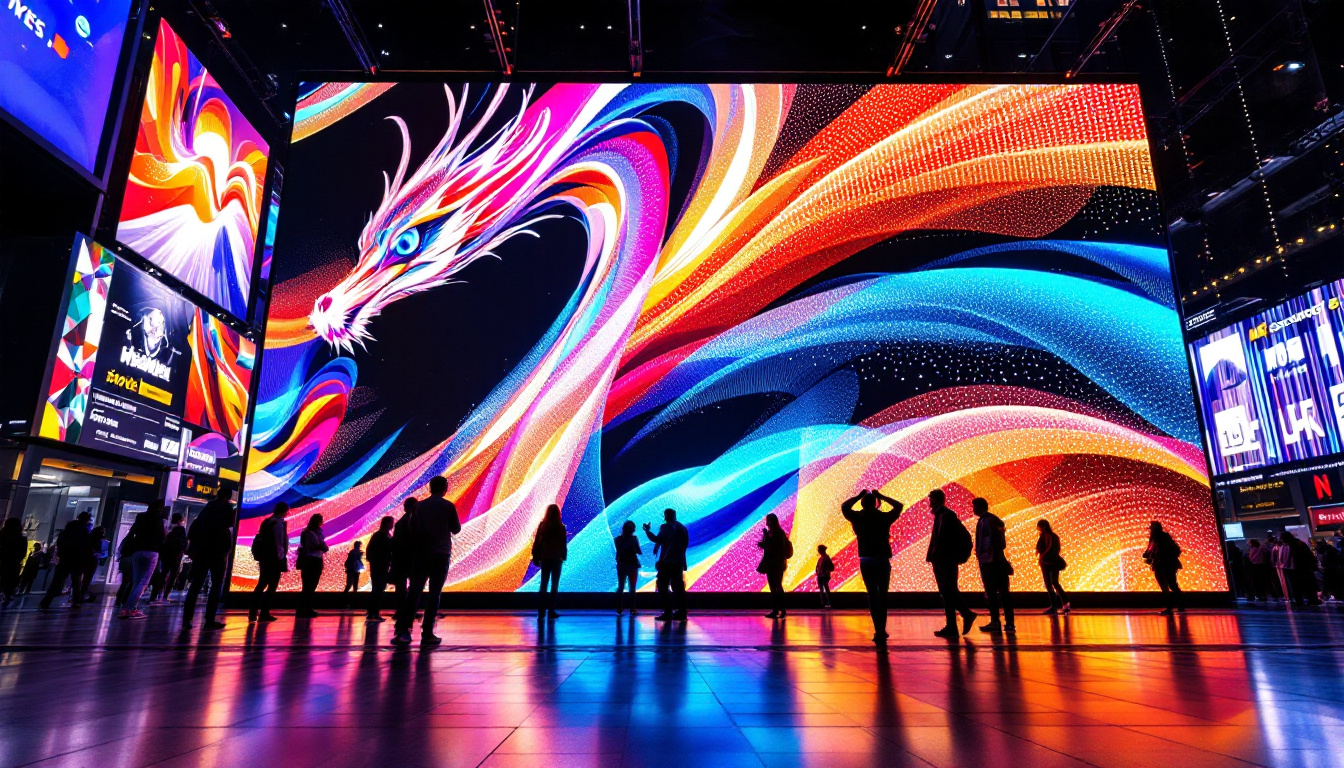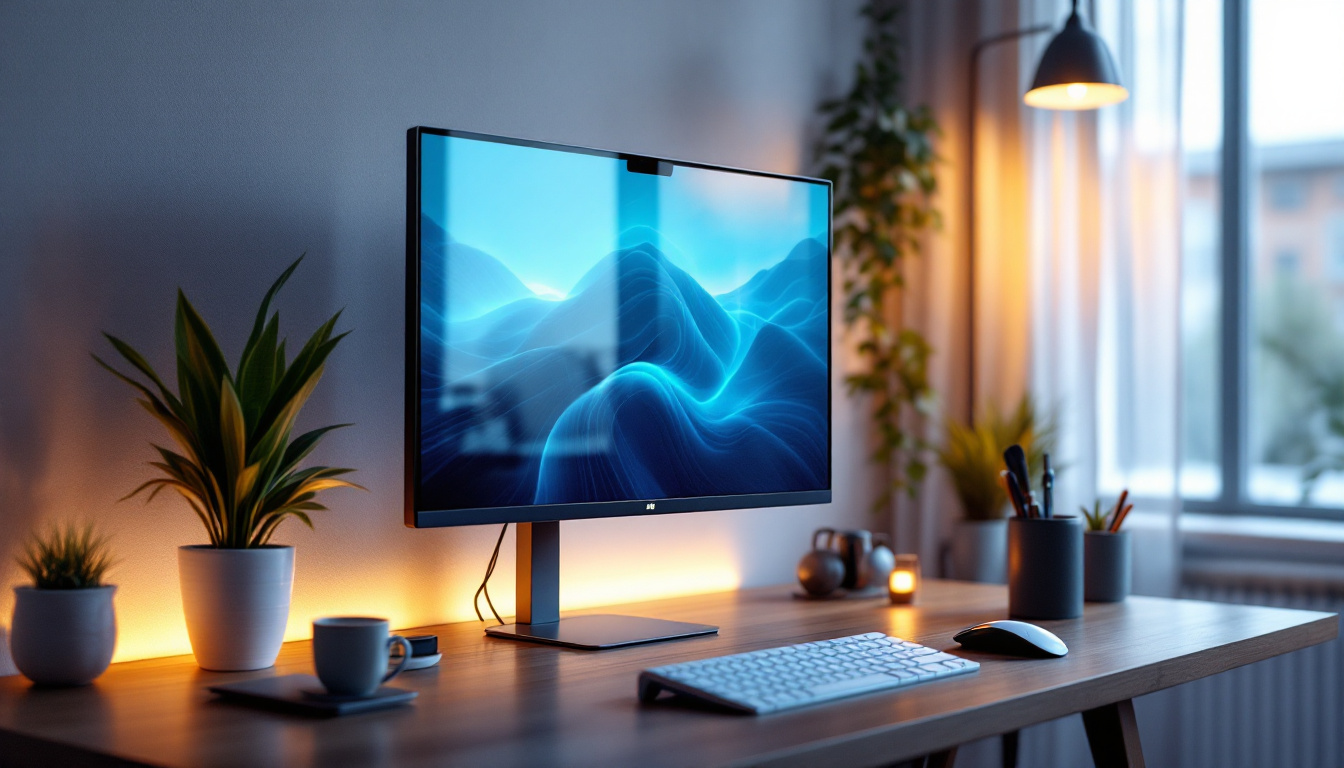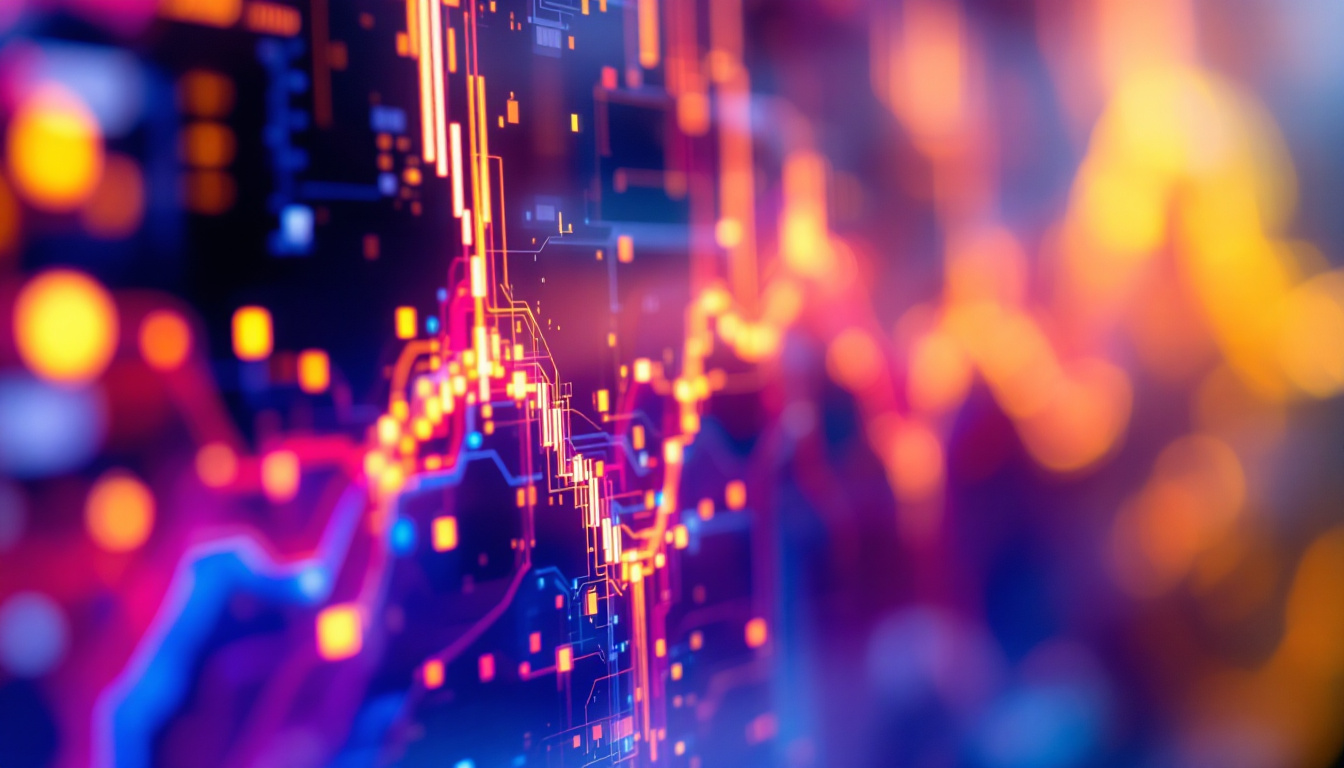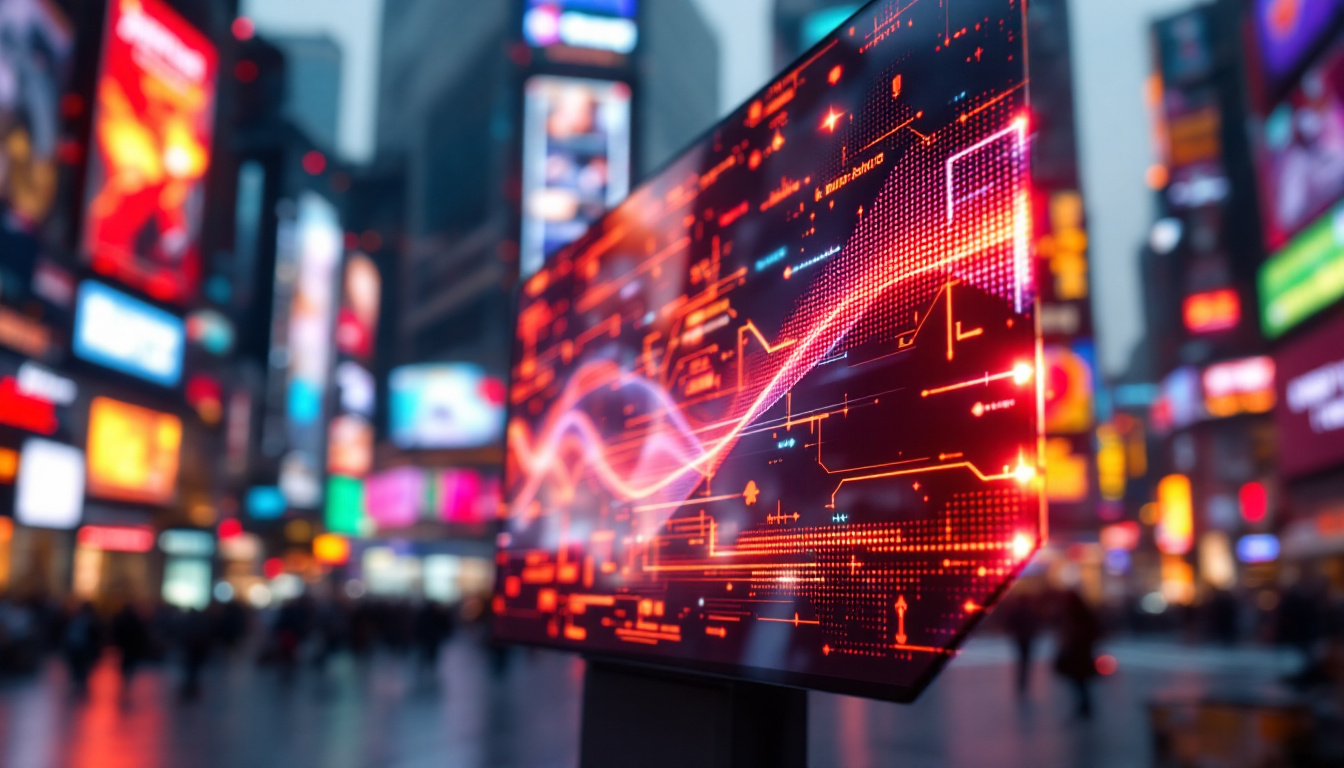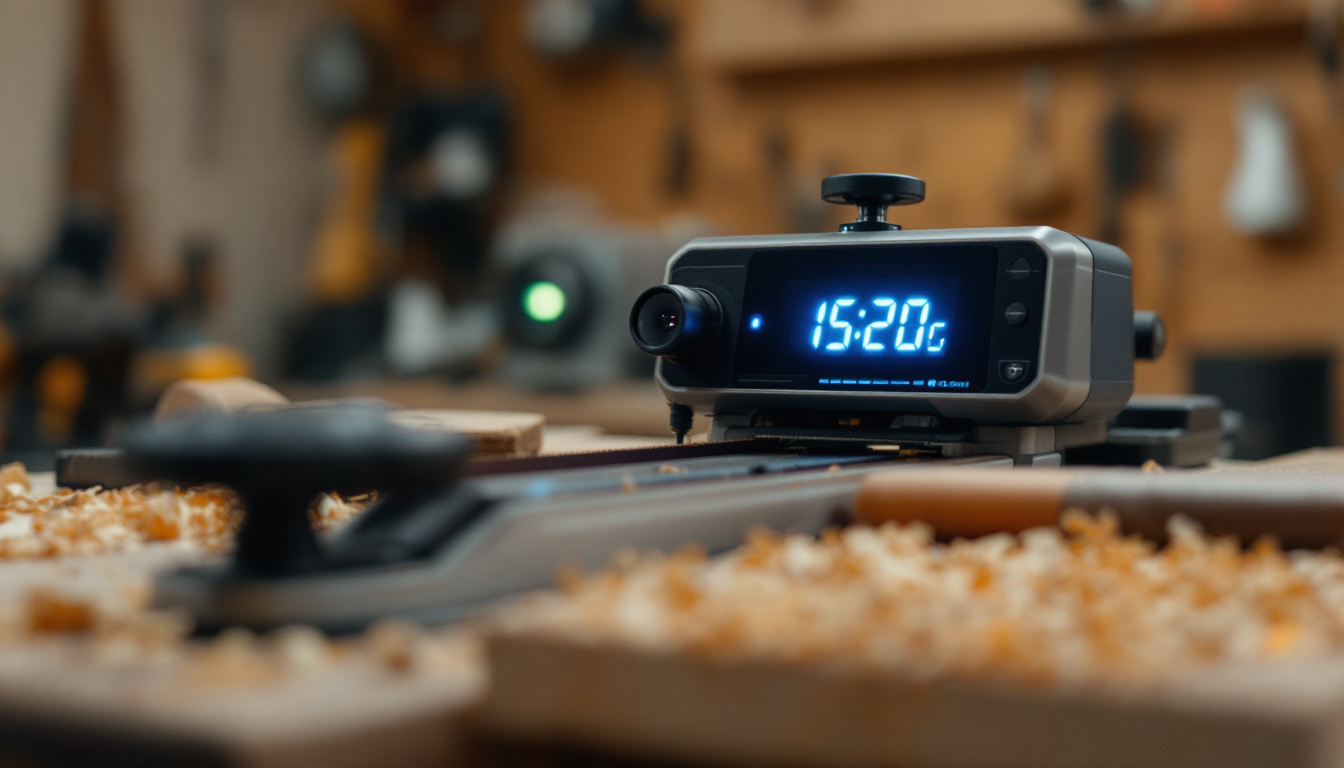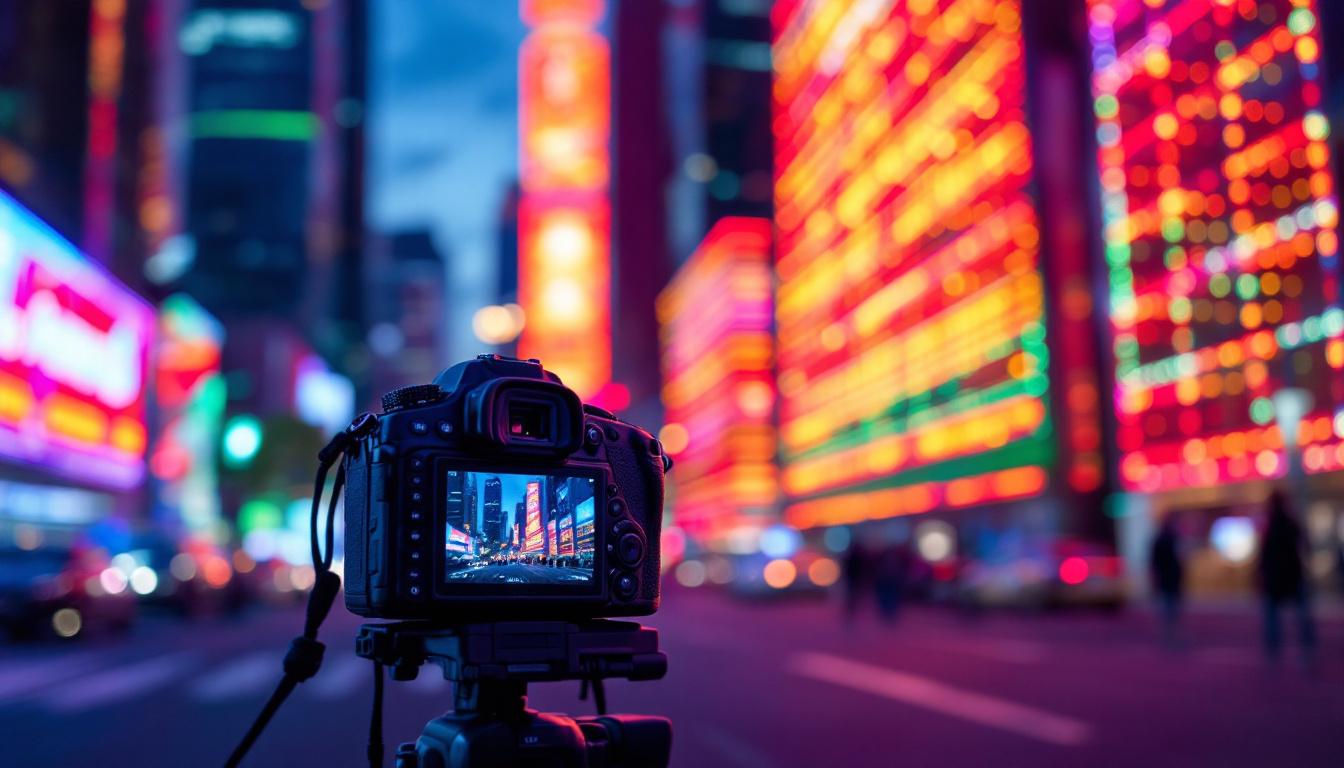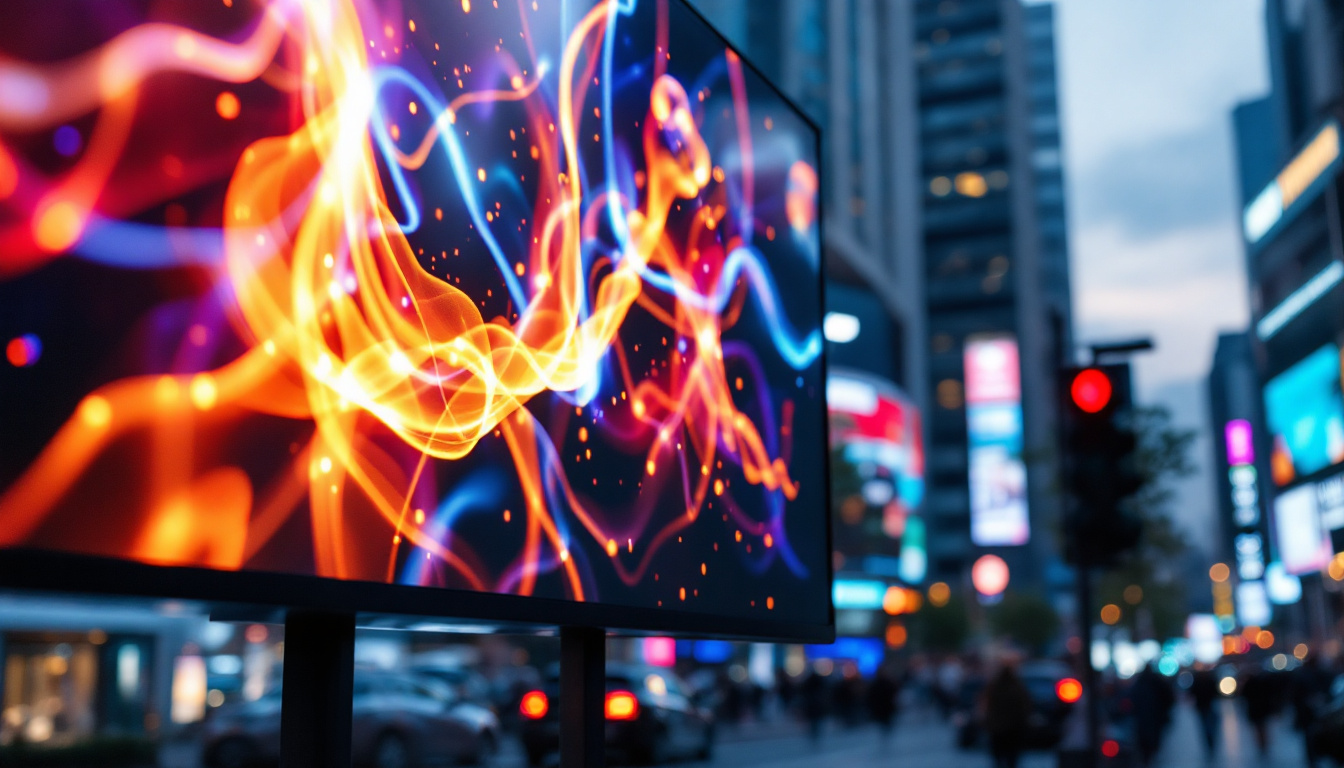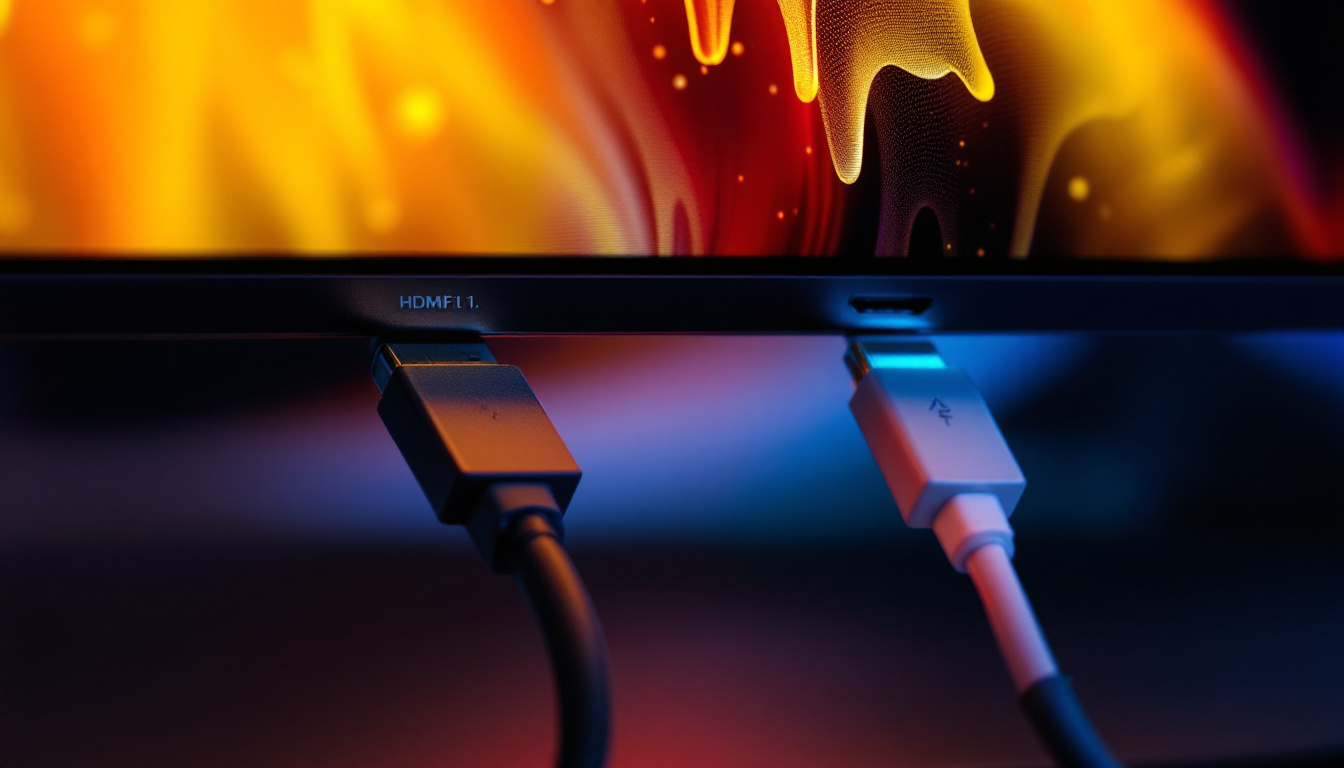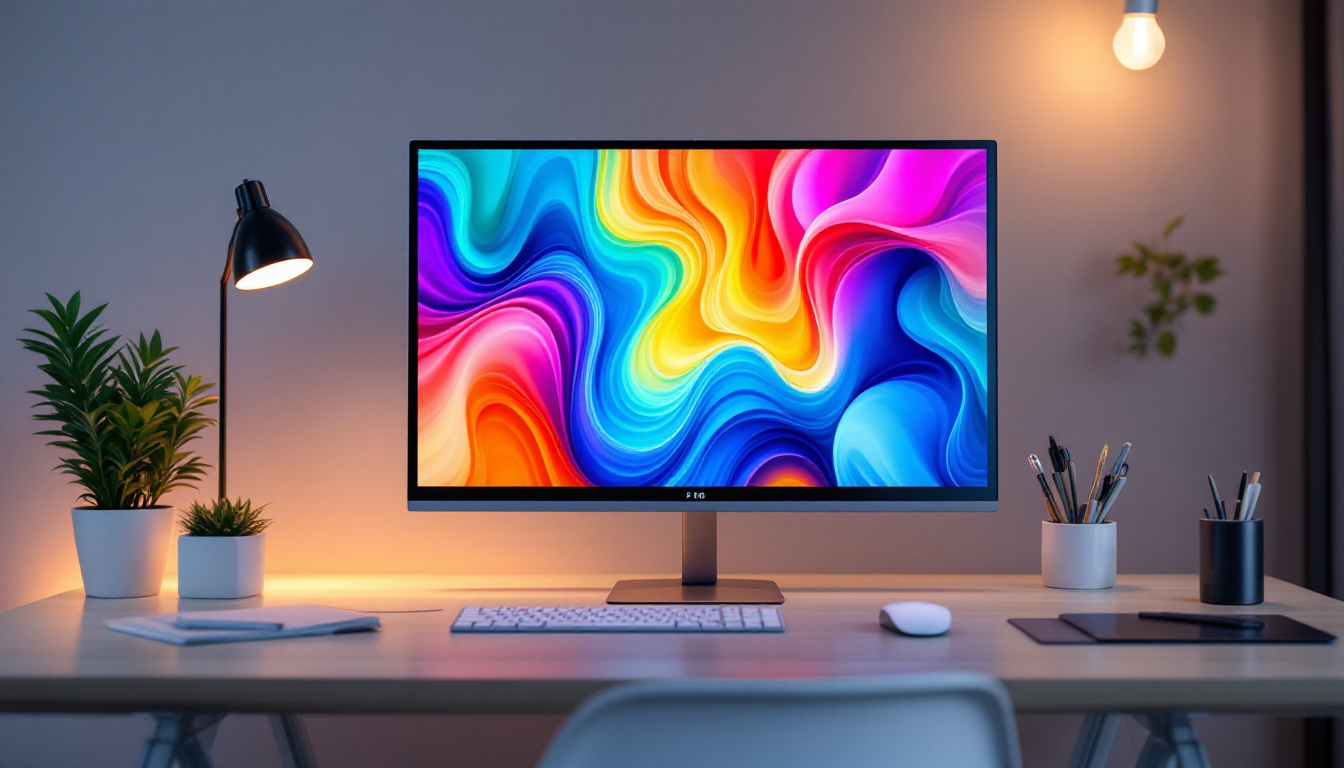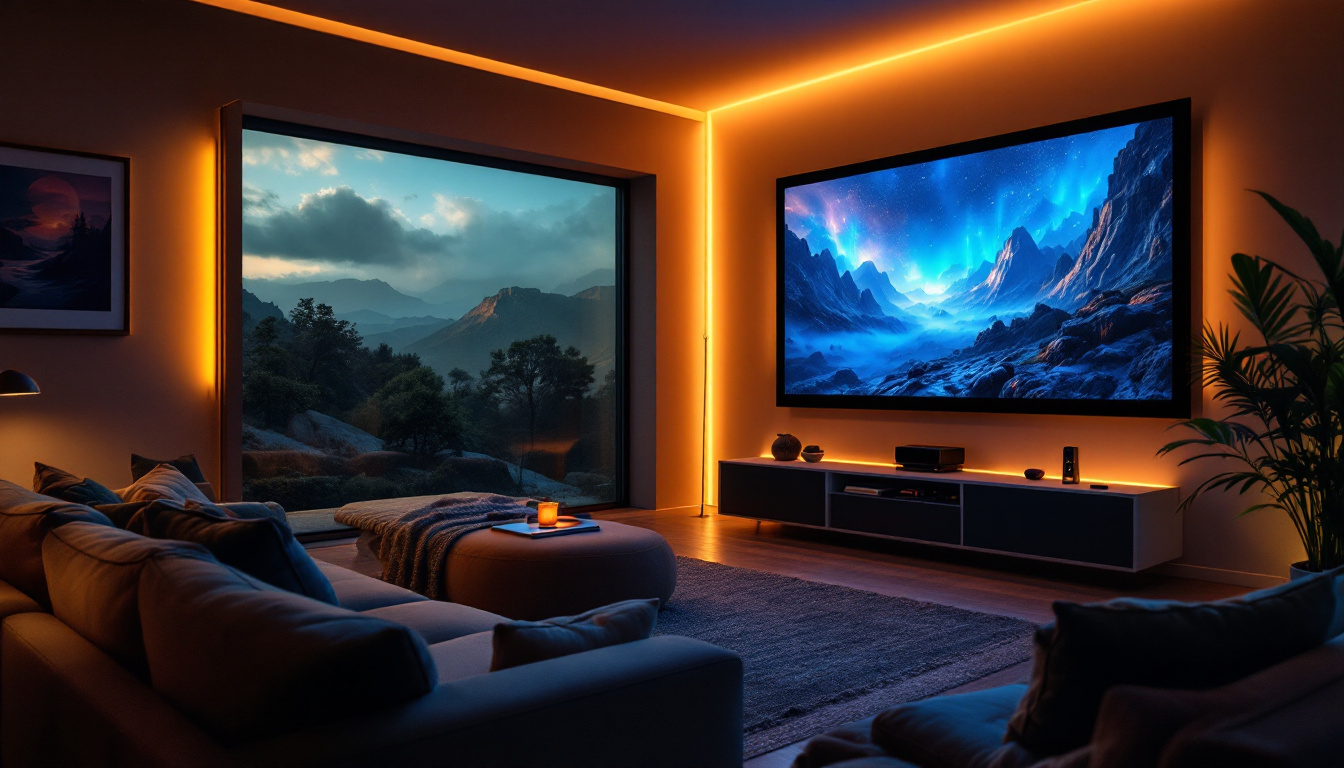In today’s digital age, the way we interact with visual content has evolved dramatically. One of the most significant advancements in display technology is the LED display, which has become ubiquitous in various applications, from televisions to billboards. This article delves into the intricacies of pixel displays, particularly focusing on LED technology, its advantages, and its applications.
Understanding LED Displays
LED, or Light Emitting Diode, displays are a type of flat panel display technology that uses light-emitting diodes to create images. Unlike traditional LCD displays that rely on backlighting, LED displays utilize individual diodes to emit light, resulting in brighter and more vibrant images. This fundamental difference in technology leads to several advantages that have made LED displays a popular choice across various sectors.
The Basics of LED Technology
At the core of LED technology is the semiconductor material that emits light when an electric current passes through it. This process, known as electroluminescence, allows for a wide range of colors to be produced by varying the composition of the semiconductor. The combination of red, green, and blue (RGB) diodes can create millions of colors, making LED displays incredibly versatile.
LED displays can be categorized into two main types: direct view and backlit. Direct view LED displays consist of individual LED modules that form the entire screen, while backlit LED displays use LEDs to illuminate an LCD panel from behind. Each type has its unique advantages, influencing their application in different environments. For instance, direct view LED displays are often used in large outdoor billboards and stadium screens due to their high brightness and ability to be viewed from wide angles, while backlit displays are more common in consumer electronics like televisions and computer monitors.
Advantages of LED Displays
LED displays offer numerous advantages over traditional display technologies. One of the most notable benefits is their energy efficiency. LED technology consumes significantly less power compared to older technologies, leading to lower electricity bills and a reduced carbon footprint.
Additionally, LED displays provide superior brightness and contrast ratios. This capability allows for better visibility in various lighting conditions, making them ideal for outdoor applications where sunlight can wash out traditional displays. The durability of LED technology also means that these displays have a longer lifespan, reducing the need for frequent replacements. Furthermore, LED displays are more environmentally friendly, as they do not contain harmful substances like mercury, which is often found in fluorescent lighting. This aspect not only makes them safer for consumers but also aligns with global efforts to promote sustainable technology.
Moreover, the rapid advancements in LED technology have led to innovations such as flexible LED screens and transparent displays, which open up new possibilities for design and functionality. Flexible LED displays can be bent and shaped to fit unconventional spaces, making them ideal for creative installations in retail environments or art exhibitions. Transparent displays, on the other hand, allow for information to be presented without obstructing the view behind the screen, which can be particularly useful in retail settings where product visibility is crucial. As these technologies continue to evolve, the potential applications for LED displays are virtually limitless, paving the way for a more dynamic and visually engaging future.
Applications of LED Displays
The versatility of LED displays has led to their adoption across various industries. From entertainment to advertising, the applications are vast and varied.
Advertising and Signage
One of the most prominent uses of LED displays is in advertising and signage. Billboards and digital signage have transformed the way businesses promote their products and services. The ability to change content dynamically allows advertisers to tailor messages to specific audiences in real-time, increasing engagement and effectiveness.
Moreover, the clarity and brightness of LED displays ensure that advertisements capture attention even in bright daylight. This adaptability has made LED displays a preferred choice for businesses looking to enhance their visibility in competitive markets. Additionally, the integration of smart technology with LED displays enables advertisers to analyze viewer engagement through data analytics, allowing for more targeted marketing strategies. This data-driven approach not only maximizes the return on investment but also enhances the overall customer experience by delivering relevant content.
Entertainment and Events
In the entertainment industry, LED displays have revolutionized how audiences experience performances. Concerts, sporting events, and festivals often utilize large LED screens to enhance the visual experience. These displays can showcase live feeds, graphics, and animations, creating an immersive environment for attendees.
Furthermore, the flexibility of LED technology allows for creative installations, such as curved screens and interactive displays, which can transform any venue into a captivating space. This innovation has made LED displays an essential component of modern entertainment. For instance, during major events like the Super Bowl or music festivals, LED displays not only serve as a medium for visuals but also enhance the storytelling aspect of performances, making every moment unforgettable. The ability to synchronize visuals with audio further amplifies the emotional impact, ensuring that audiences remain engaged throughout the event.
Corporate and Educational Use
LED displays are increasingly being used in corporate environments for presentations, meetings, and training sessions. Their high resolution and clarity ensure that information is conveyed effectively, enhancing communication and collaboration among team members.
In educational settings, LED displays can serve as dynamic teaching tools. Interactive displays can facilitate engaging lessons, allowing educators to incorporate multimedia elements that cater to various learning styles. This adaptability fosters a more interactive and stimulating learning environment. Beyond traditional classrooms, LED technology is also making its way into online learning platforms, where virtual classrooms can utilize LED displays to create engaging and visually appealing content. This not only helps in retaining student interest but also encourages participation through interactive quizzes and real-time feedback, ultimately enriching the educational experience for both teachers and students.
The Future of LED Displays
As technology continues to advance, the future of LED displays looks promising. Innovations in materials and manufacturing processes are paving the way for even more efficient and versatile displays. With the rapid evolution of consumer electronics and the increasing demand for high-quality visual experiences, LED technology is poised to play a crucial role in shaping the way we interact with digital content.
MicroLED Technology
One of the most exciting developments in the field is MicroLED technology. MicroLED displays consist of tiny individual LEDs that can be placed very close together, resulting in higher pixel density and improved image quality. This advancement allows for ultra-thin displays that can be used in a variety of applications, from smartphones to large-scale installations. The modular nature of MicroLED technology also means that screens can be easily customized in size and shape, enabling innovative designs that were previously unattainable.
MicroLED technology also offers the potential for greater energy efficiency and longer lifespans, further solidifying LED displays as a sustainable choice for the future. Additionally, the self-emissive nature of MicroLEDs means that they can achieve true blacks and vibrant colors without the need for backlighting, enhancing the overall viewing experience. This capability is particularly beneficial for high dynamic range (HDR) content, where contrast and color accuracy are paramount.
Integration with Smart Technology
The integration of LED displays with smart technology is another trend that is gaining traction. As the Internet of Things (IoT) continues to expand, LED displays can be connected to various devices and systems, allowing for real-time data visualization and interaction. This connectivity not only enhances functionality but also opens up new avenues for creativity in design and application.
This integration can enhance user experiences in numerous ways, from smart home displays that adjust based on user preferences to advertising screens that change content based on audience demographics. The possibilities are virtually limitless, making LED displays an integral part of the smart technology landscape. Furthermore, with advancements in artificial intelligence, these displays can learn from user interactions, providing personalized content that adapts over time. This level of customization is set to transform how businesses engage with customers, making advertising more targeted and effective.
Challenges and Considerations
Despite the many advantages of LED displays, there are also challenges that need to be addressed. Understanding these challenges is crucial for individuals and businesses considering an investment in LED technology.
Cost and Initial Investment
One of the primary challenges associated with LED displays is the initial cost. While prices have decreased over the years, high-quality LED displays can still represent a significant investment. Businesses must weigh the long-term benefits against the upfront costs to determine if LED technology is the right choice for their needs.
However, it is essential to consider the total cost of ownership, which includes energy savings, maintenance costs, and the longevity of the display. In many cases, the initial investment can be justified by the long-term savings and benefits.
Environmental Impact
While LED displays are generally more energy-efficient than traditional technologies, their production and disposal can still pose environmental challenges. The manufacturing process involves the use of rare materials, and improper disposal can lead to electronic waste issues.
To mitigate these concerns, manufacturers are increasingly focusing on sustainable practices, such as recycling programs and the use of eco-friendly materials. Consumers can also play a role by ensuring that their devices are disposed of responsibly.
Conclusion
LED displays have transformed the way visual content is presented and consumed across various industries. Their energy efficiency, brightness, and versatility make them an attractive option for businesses and consumers alike. As technology continues to evolve, the future of LED displays looks bright, with innovations such as MicroLED and smart technology integration on the horizon.
While there are challenges to consider, the benefits of LED displays often outweigh the drawbacks. As more businesses and individuals recognize the value of this technology, LED displays will undoubtedly continue to play a significant role in shaping our visual landscape.
In summary, LED displays represent a remarkable advancement in display technology, offering a myriad of applications and benefits. Whether for advertising, entertainment, or education, these displays are set to illuminate the future of visual communication.
Illuminate Your Space with LumenMatrix
Ready to elevate your visual experience with the latest in LED display technology? Discover how LumenMatrix can transform your business, event, or educational setting with our diverse range of LED display solutions. From vibrant Indoor LED Walls to dynamic Outdoor LED Displays, and from the mobility of Vehicle LED Displays to the innovation of LED Transparent Displays, LumenMatrix is at the forefront of creating immersive environments that captivate and engage. Don’t just take our word for it; check out LumenMatrix LED Display Solutions today and see the difference for yourself!

